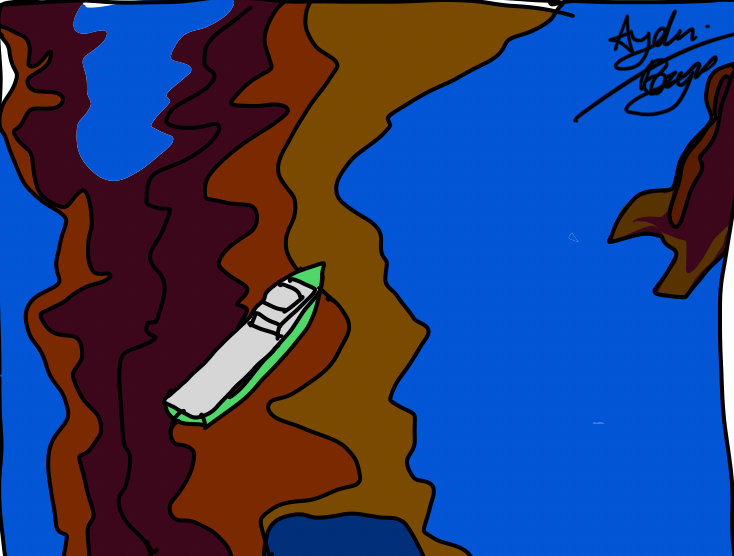Algal Bloom, the Green Scourge of Ocean and Lakes
A South Australian pharmacologist named George Francis was exploring the Australian Lake Alexandrina's shoreline when he discovered green plants floating in the water. Realizing that the plants were the reason for past animal deaths since they drank from the lake's water, Francis quickly came to this conclusion. He published an instant announcement of it in the Nature Journal in 1878.
An algal bloom, also known as an algae bloom, is a sudden rise in the number of algae in freshwater or marine water systems. The pigments in the algae's cells cause the water to turn discoloured. Similar to plants, algae are tiny creatures that inhabit aquatic settings and use photosynthesis to harness the energy of the sun. Depending on the type of algae, the excessive growth, or algal bloom, can be green, blue-green, red, or brown and becomes visible to the naked eye.
The fundamental factor causing an algal bloom is the presence of significant amounts of nitrogen and phosphate in the water. Highly fertilized land and farms that use phosphatic and nitrogenous fertilizers lose these nutrients to runoff. The risk of blooms can be increased by a variety of human activities, such as agricultural run-off or broken septic systems, and an abundance of nutrients in a lake can greatly increase both the likelihood and the severity of algal blooms. A bloom might not occur despite an abundance of nutrients, though, if other factors.
Microscopic organisms called cyanobacteria, or blue-green algae, are found naturally in lakes and streams. If the water is blue-green, green, yellow, white, brown, purple, or red, has a paint-like look, or has scum on the water surface, it could be a dangerous blue-green algae bloom.
Toxins produced by cyanobacteria can cause illness or death in mammals and birds. The dissolved oxygen content of the water may drop when other bacteria in the water decompose dead cyanobacteria, which could result in a fish kill. High quantities of cyanobacteria bloom toxins can directly affect fish and even result in fish fatalities. In the water column, dense bacterial blooms will prevent other species from receiving the sunlight they need to exist.
To prevent one must forecast and manage the growth of algae if you want to avoid algal blooms and their negative effects on the environment, human health, and medical care. Reducing the intake of nutrients into water bodies is the goal of sustainable algae management techniques. Policy and human activity adjustments are necessary for long-term success. Therefore, a noticeable improvement in water quality may not occur for several years.
Stay out of the water and keep your pets out of the water if you spot bloom indicators. It is best to exercise caution and avoid blooms whenever possible because you cannot tell if they are hazardous simply by looking at them. In locations where dangerous algae or cyanobacteria may be present, avoid fishing, swimming, boating, and participating in water activities.
We should all work together to try and get rid of this green menace that takes away so many lives. We can all work together because even the smallest task can help get rid of the algal bloom.
References
https://byjus.com/neet/what-is-an-algae-bloom/\
https://www.niehs.nih.gov/health/topics/agents/algal-blooms/index.cfm
https://www.conserve-energy-future.com/causes-effects-solutions-algal-bloom.php
Kiyaan Binth Rifan is currently living in Thaa Dhiyamigili Maldives. She is currently in the sixth grade, and she is 12 years old. Her hobbies are swimming, reading, painting and running. She is currently in the Leaders of Tomorrow program by the Circle Ugail Foundation, and she used to be in the Coding and Critical Thinking programme too.

Cite this article as:
Kiyaan Binth Rifan, Algal Bloom, The Green Scourge of Our Ocean and Lakes, theCircle Composition, Volume 4, (2023). ALGAL BLOOM , THE GREEN SCOURGE OF OUR OCEAN AND LAKES - theCircle Composition





